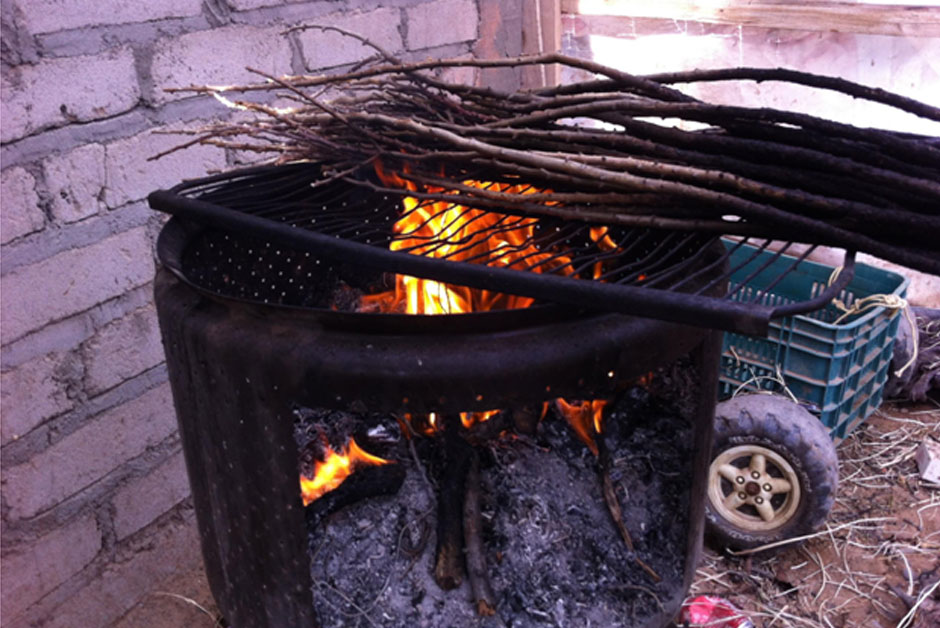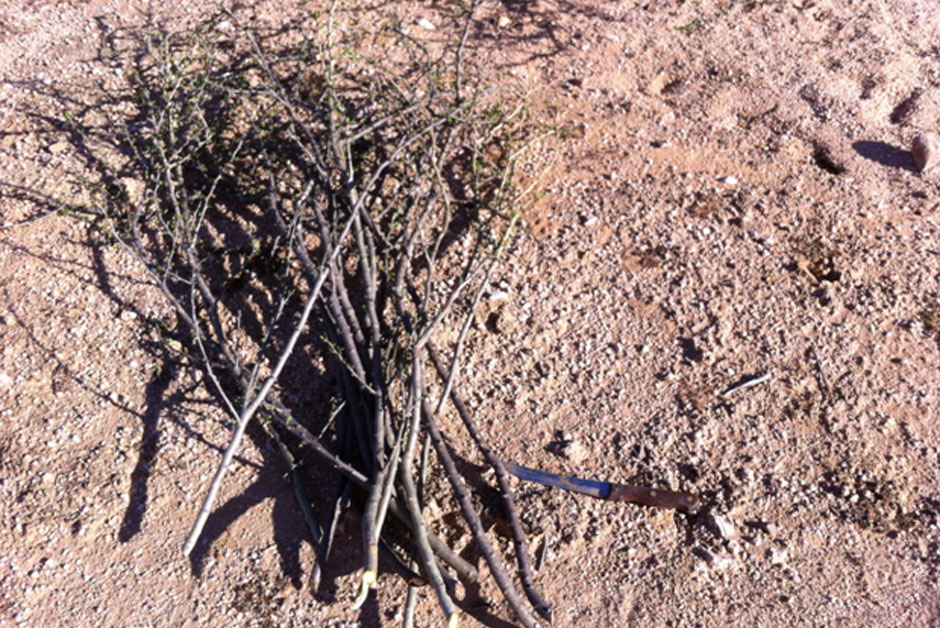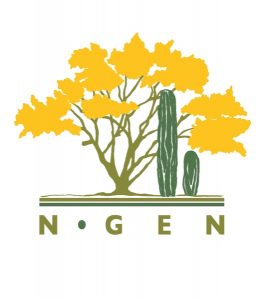Desemboque, Sonora, Fall 2013
Carolyn O’Meara (UNAM, IIFL) and Isabel Martínez (UNAM, IIE)
On the 21st of November, after the long drive from Mexico City (with a stopover in Mazatlan, Hermosillo and Kino Bay), we finally arrived to Desemboque, Sonora, one of two Seri villages located about 3 hours away from Hermosillo and about an hour south of Puerto Libertad, Sonora. This was the first time I had made the trip with someone in tow who was to stay with me in Desemboque. Up until this point I had either been the recipient of a raite (ride) from another researcher or had driven from Tucson or Hermosillo on my own. Isabel Martínez, my co-pilot and fellow researcher here at the UNAM, had never been to Desemboque before, let alone to the state of Sonora. You could really see the awe in her eyes while she was examining the landscape, the people, the new sights. While for me, the trip was old hat, having gone along those roads so many times… it was refreshing to have a new set of eyes along for the ride.
While the road between the highway to Kino Bay and Puerto Libertad was in its usual horrendous state with potholes everywhere, especially near the agricultural areas along the highway, I was pleased to see the dirt road to Desemboque had been recently grated. We scooted along nicely through the desert landscape. With views of the ocean in sight, we arrived in the village of Desemboque. I was extremely excited and anxious to see old friends that I hadn’t seen since the previous year. We said our hellos and bought necklaces and such, while trying to subside some of the curiosity of who Isabel was by answering the many questions like, ¿Quíih haaya? ‘Who is she?’ in cmiique iitom, as the Seri people call their language.
Isabel went to Desemboque with an interest in learning more about the techniques in Seri basket making, as well as the design elements used by Seri artesans. Of particular interest, is the perdurance of the technical aspects of this craft, while at the same time there have been quite a few changes in the shapes and designs used in the baskets, now almost exclusively made for sale to collectors and visiting tourists. The five weeks she spent in Desemboque, living in the same house with me, she was able to work together with basketmakers and with younger folks who collaborated with her as linguistic consultants. This experience proved to be exciting, fun and intense. By documenting the basket making process, it was possible to understand the importance this activity has within the local economy and the role that the women play within it. Almost daily you can observe women together with their female relatives preparing the limberbush (Haat, Jatropha cuneata, Euphorbiaceae) fibers and weaving baskets in their yards and within their homes, chatting, visiting each other and so the days pass by.

For these women it is relevant that the individuals who buy their work know the technical process, its complications and the time it takes to elaborate these pieces, because this way they can appreciate their value. In order to do this, one idea has been the creation of pamphlets that can be presented at fairs and stores where the baskets are sold. These pamphlets would contain information observed and collected as part of Isabel’s research. She plans on working on these pamphlets over the course of the next few months.
In addition to documenting this technical process, she also began to conduct research regarding the designs of the baskets, using as a point of reference photos of baskets located in the collection in the Museo Nacional de Antropología in Mexico City. The women looked at these photos with such interest, identifying the designs, discussing them and sometimes remembering which woman had made the baskets in the photos. As such, each piece that is made is unique with respect to its weaving quality and the motifs are like a personal signature from the artist. The images reactivate their memory and lead them to think of other designs and even provoke
them to create new designs. Some of the women suggested creating a catalogue of baskets with the photos that have been published in articles and with photos of the baskets in various museum collections in order to have a source of inspiration for new designs. Isabel hopes to work on this idea in her next phase of research.
Below you can find some photos depicting various stages of preparation of the desert limberbush for basket making. Photos were taken by Isabel Martínez.



